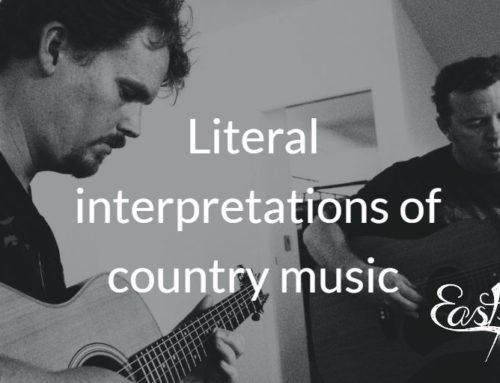Hello everyone—it’s been a while!
I spoke about accessibility at a conference a couple of weeks back, and the response was overwhelmingly positive.
Though, some people seemed a little overwhelmed…
Besides lovely comments like ‘best session of the conference’, there were a few along the lines of ‘this wasn’t relevant to me; I don’t write for the web…’, which made it clear to me, I need to make it clear to people just how relevant web writing is.
(This was at a conference on business writing!)
At the time of writing, it is 2015. (If you’re reading this in the future, greetings from the past!) This means people read a lot of things on screen. Just because you’re writing a print document, doesn’t mean it’s always going to be read in print… I suspect you will be using one of these new-fangled ‘computers’ to write your document, storing it—as an electronic copy!—on some kind of networked system, and quite possibly making it available on an intranet or extranet.
Besides the need to make these same documents accessible to people with disability, there are other ‘web writing’ techniques that translate to all kinds of content—things like making the information easy to scan, easy to understand, and—you know—easy to find in the first place.
Oh, and of course—plain English: that works everywhere!
If you’re not considering how your content is consumed on screen, you’re ignoring a huge part of your audience—it’s like writing a document, then hiding it. (Though, I’ve heard for some organisations, this is actually an employed tactic… ‘But, if everyone knows about it, they’ll all apply!’)
There are some simple things you can do to make sure your content has a chance. We can show you what these things are, and how they’re done.
Our next public web writing course is booked in for 10–11 November at 1 Eagle Street—and it’s now fully catered!
Find out what the course covers, and how to register.
(And if you’re curious, read our testimonials.)
It’s Tuesday all day today. I hope yours goes well.







